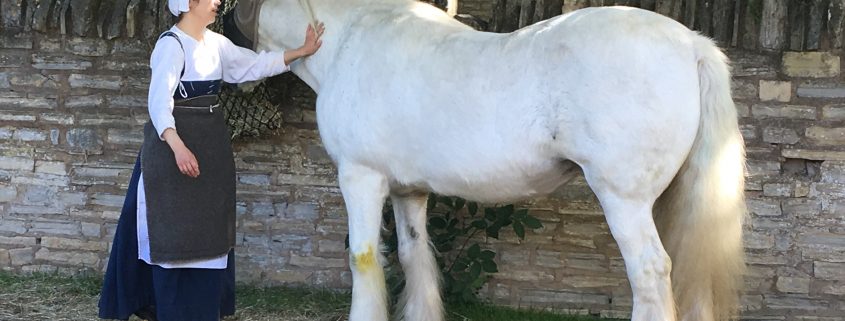Tudor Accident of the Month: Making and Taking Worming Powder
July 2019. Intestinal worms were an unpleasantly common affliction in sixteenth-century England. In his book on horsemanship in 1566 Thomas Blundeville explained that one of the three kinds of worms affecting horses was ‘long and rounde, even lyke to those that children do most commonly voyde’. In June 1580 at Lawshall in Suffolk fourteen-year-old Anne Wyffyn resolved on drastic action to cure herself. She ground up some ratsbane – arsenic used as rat poison – into a very fine powder, mixed it into a pot of ale and drank it, aiming to kill the worms and not suspecting that she would poison herself in the process. She soon fell ill, however, and two days later she was dead.
Professor Steven Gunn of Merton College Oxford is co-director of the ‘Everyday Life and Fatal Hazard in Sixteenth Century England’ Research Project. On Tuesday 24 September at 7.30p.m. in Shaftesbury Town Hall Professor Gunn will deliver the Teulon Porter Memorial Lecture, when he will focus on ‘Everyday Life and Accidental Death in Tudor Dorset and Wiltshire’. This talk is free to members of The Shaftesbury & District Historical Society while non-members may pay £5 at the door.



